DO YOU NEED A SERVICE DOG?
We can train your current qualifying dog or help you with a new dog or puppy.
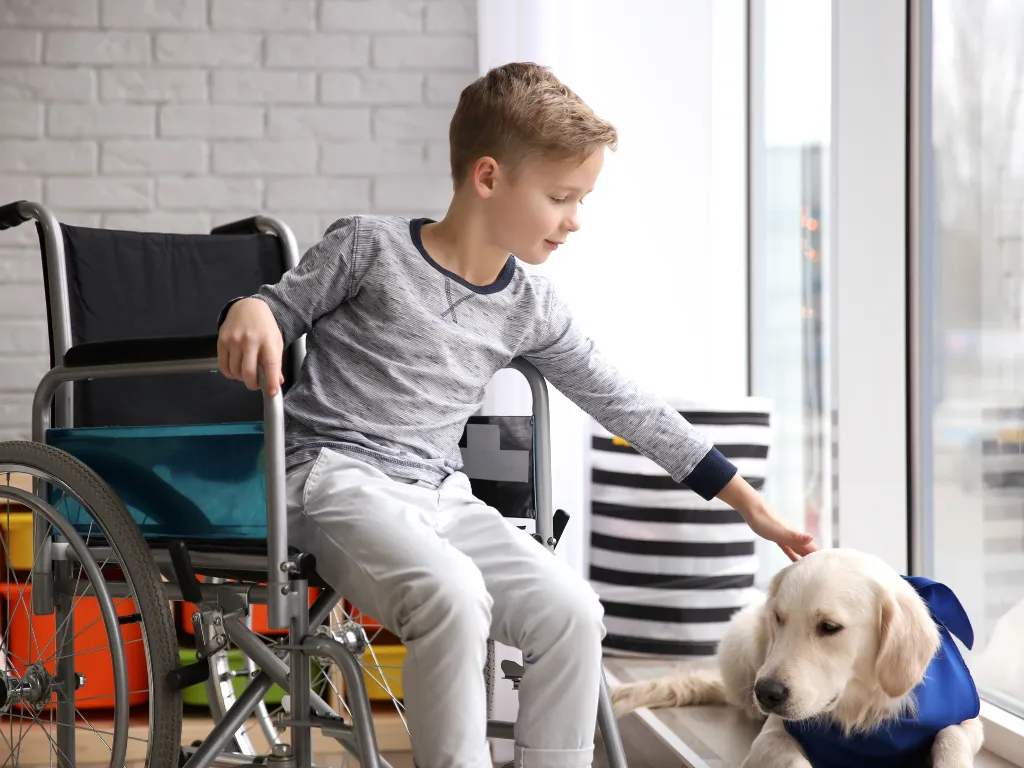
What is a Service Dog?
A Service Dog is trained to perform specific tasks that a person with a disability physically cannot do themselves. Unlike a therapy dog where they are trained to interact with strangers, a service dog is to remain focused and working while in public.
Examples of a service dog is a guide dog for a blind person, a person who struggles with fainting, a person with diabetes and so on. Because of our disability laws, service dogs are allowed to go anywhere the person goes. However, they are held to a much higher standard in regards to their training and behavior.
Types of Service Dogs We Train
How Service Dog Training Works
Depending on how much your dog already knows will determine the training plan.
The average price for training a service dog starts around $3000.00.
Newman's Dog Training can help you train your current dog to be a service dog if they qualify or we can help train your new puppy or dog to be your service dog.
Depending on how much your dog already knows, will determine which level of training we will start your dog at. Every dog planning to be a service dog will need to pass the Canine Good Citizen test once they are one year of age.
To succeed in having a service dog it is very important that you, as the owner, are involved in the training as well. We have training options that will set you and your dog up for success.
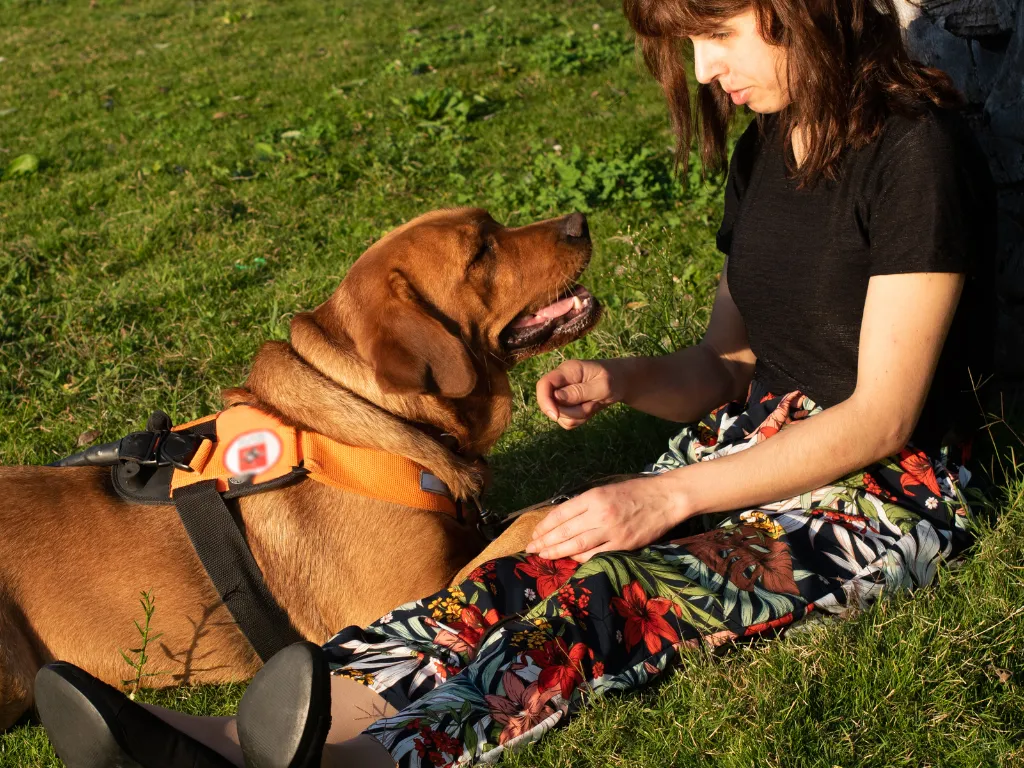
Service Dog Training Program Options:
We can go session by session and teach you how to train your service dog. You do all the training with our professional guidance.
We offer Board and Train options where the dog lives with the trainer for extended periods of time before returning home to have you continue the training.
We offer day training, where a Newman's Dog Trainer comes to your house and works with your dog. Your dog stays with you in your home but gets one on one training with a professional trainer.
We know training can be overwhelming!
Let us do the training for you through our Board and Train and Day Training programs!
THREE LEVELS TO HAVE A SERVICE DOG TRAINED

PUBLIC ACCESS AND BEGINNER TASK TRAINING
Your dog must be trained to be polite in public places where dogs are not typically allowed. You can also begin task training at this level.

ADVANCED TASK TRAINING
After completing level 2, if more tasks are needed or children are involved- Level 3 is next
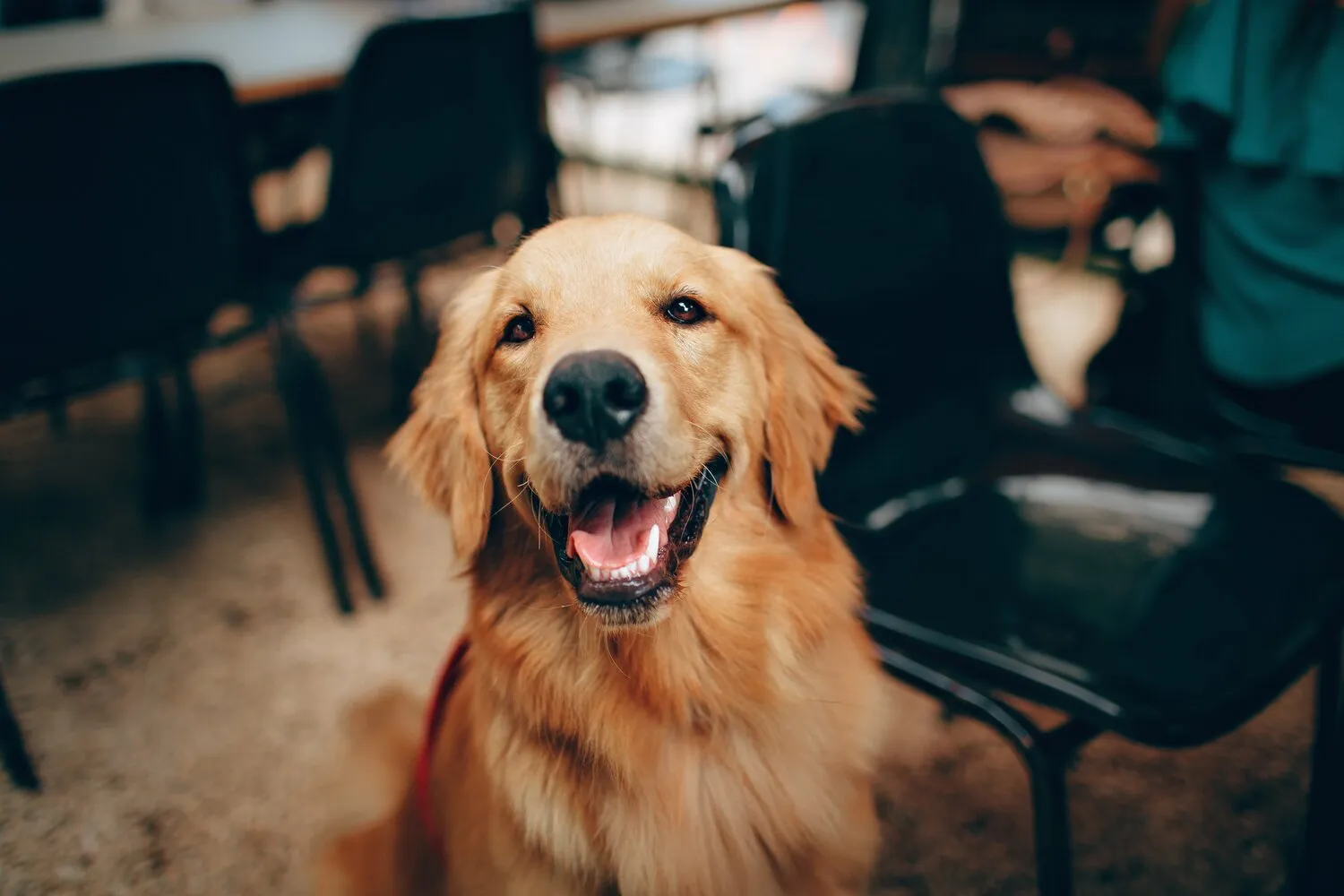
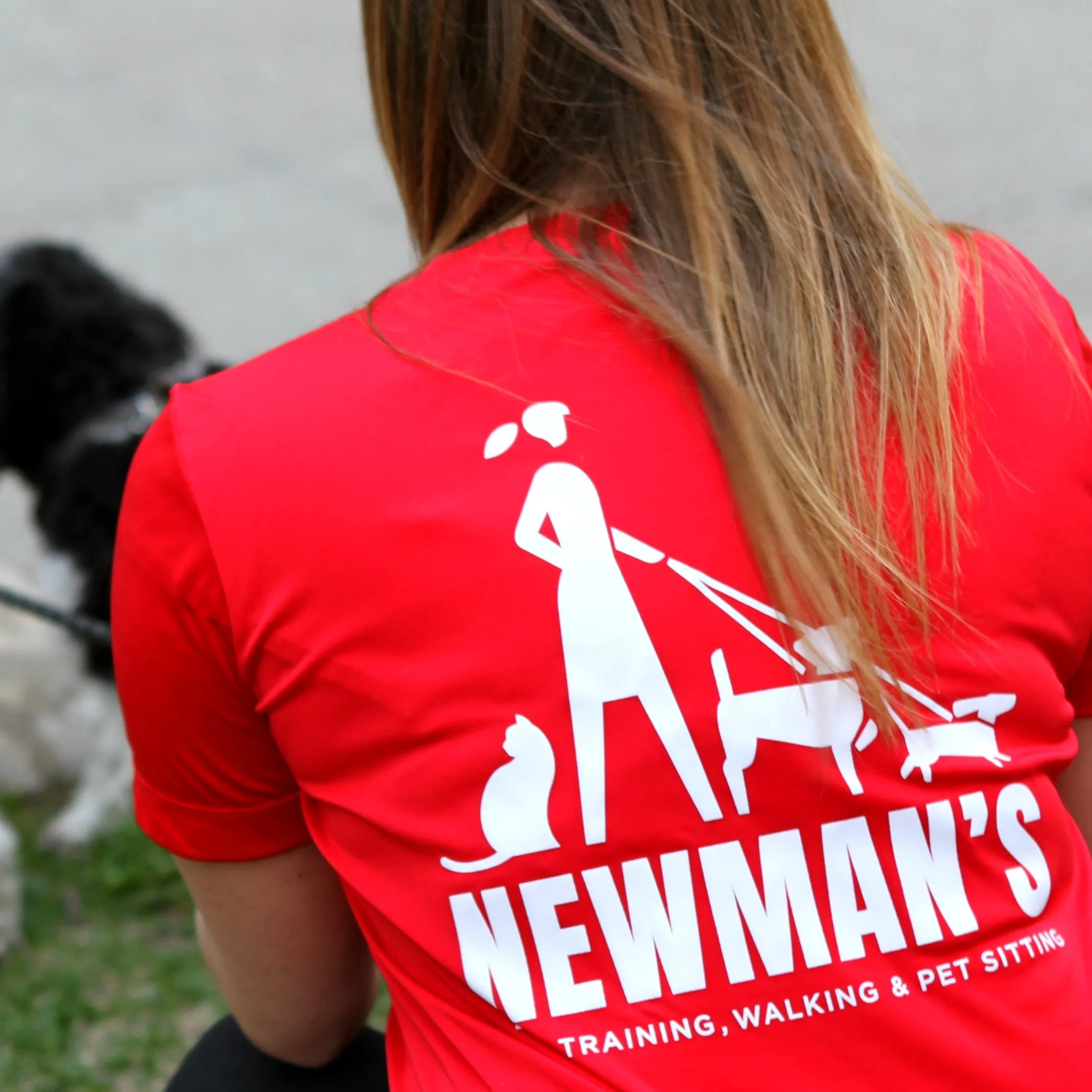
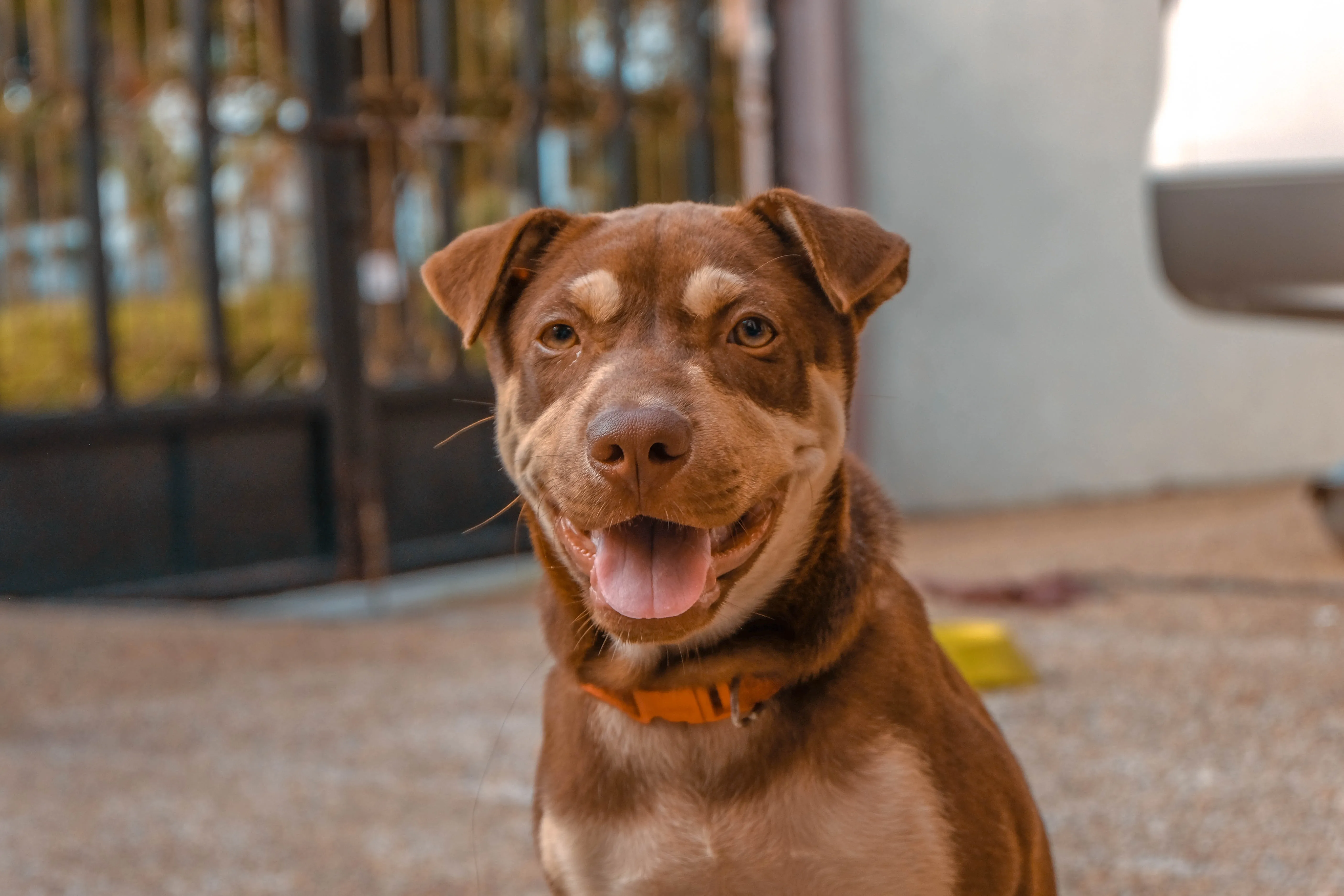
Canine Good Citizen Requirements
Newman's Dog Training trainers are certified Canine Good Citizen Evaluators and will be happy to administer the CGC exam when your dog is ready. This test is a great baseline to determine that your dog is very well mannered and polite in public places in the presence of distractions..
The test has 10 skills that your dog must complete. They are the following:
1. Accepting a friendly stranger
2. Sitting politely for petting
3. Appearance and grooming
4. Walking loosely on the leash
5. Walking through a crowd calmly
6. Sit and down on cue and stay in place
7. Coming when called
8. Reaction to another dog
9. Reaction to distraction
10. Supervised separation
If you believe your current dog is able to pass this test then you are able to skip this training tier after completing the exam. If you dog needs training to reach this point, this is where your training journey will start towards becoming a service dog.
Don't get overwhelmed by the training!
Sign up for the Board and Train or Day Training option and we can train your dog through Level 1 and Level 2 for you!
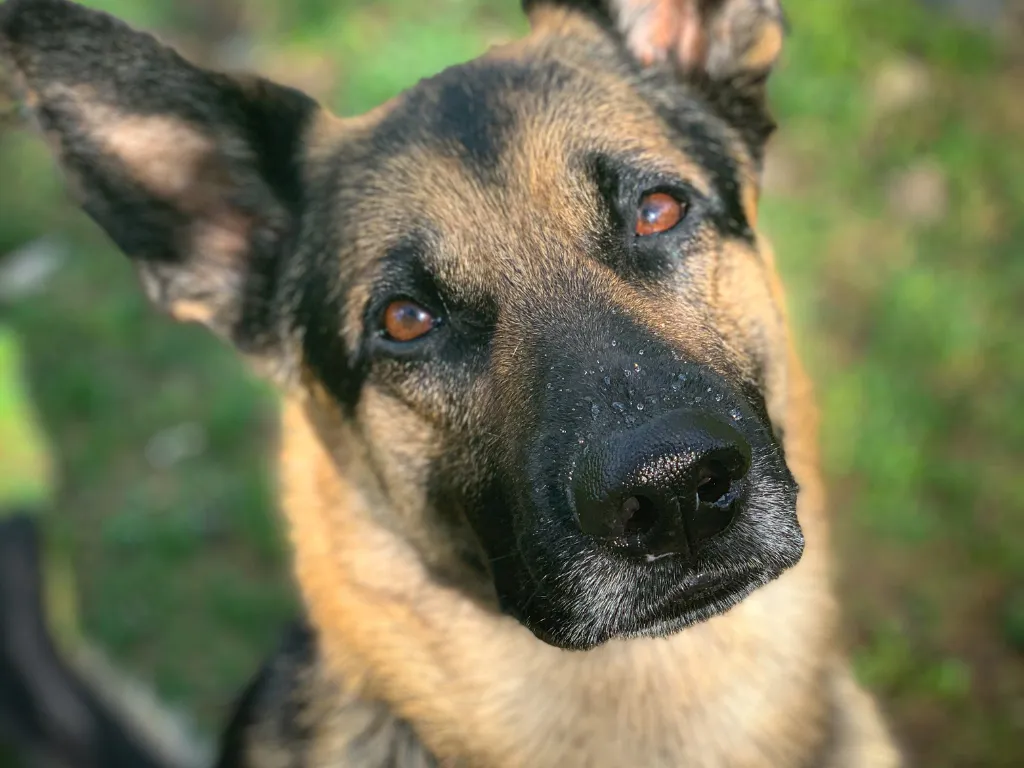
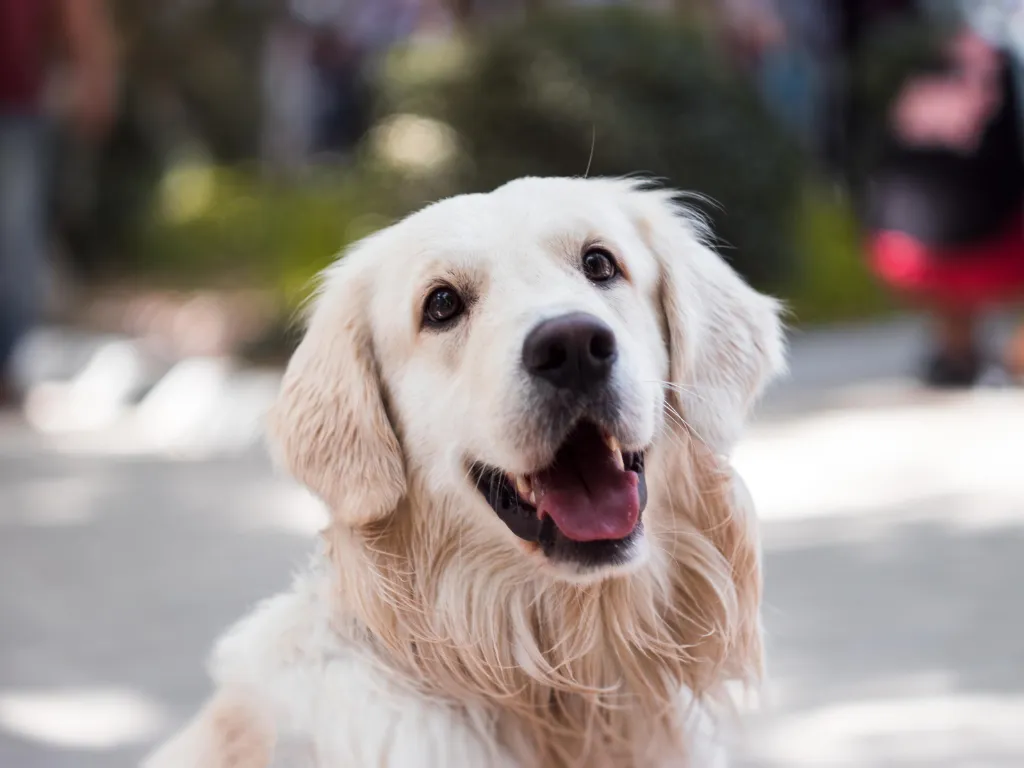

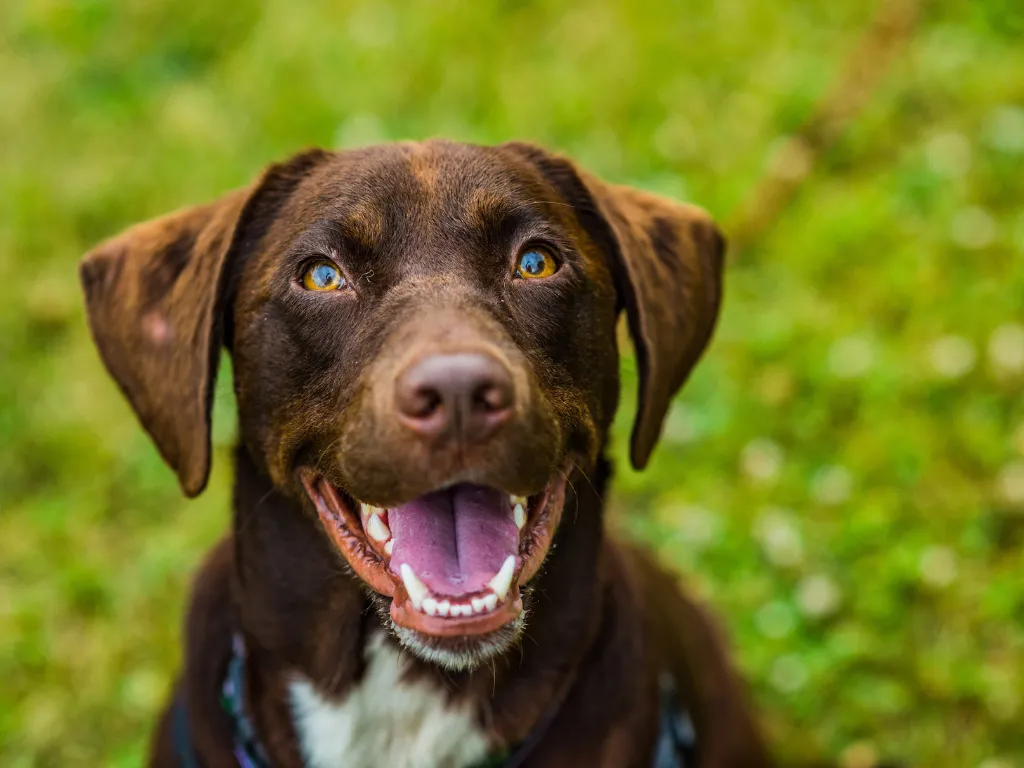
Service Dog Training: Level Two
Once your dog has passed the CGC exam, we can begin the public access training and some service dog behaviors. Level Two is required to be completed before taking Level Three.
Public Access Training
Newman's Dog Training certified trainers can help your dog to be successful in public places. This level will focus on generalizing obedience and service behaviors at regular non-pet friendly stores.
According to International Associate of Assistance Dog Partners, aka IAADP, these are the following criteria for your dog to pass the public access test. The CGC test is just the beginning!
The handler’s abilities to:
1. Safely load and unload the dog from a vehicle.
2. Enter a public place without losing control of the dog.
3. Stay calm if the leash is accidentally dropped.
4. Cope calmly with an access problem if an employee or customer questions the individual’s right to bring a dog into that establishment
The dog’s ability to:
1. Safely cross a parking lot, halt for traffic, and ignore distractions.
2. Heel through narrow aisles.
3. Hold a Sit-Stay when a shopping cart passes by or when a person stops to chat and/or pets the dog.
4. Hold a Down Stay when a child approaches and briefly pets the dog.
5. The dog should not seek food or pets while in public
6. The dog should not show any aggression to stimulus. (ex: other dogs, people, sounds...)
7. Remain calm while another dog passes within 6 ft. of the team during the test.
8. Dog should not sniff merchandise when in stores.
9. The dog should not vocalize or bark while in public.
Level Two Service Dog Training
At this time we can begin to train task work with your service dog. Depending on what your goals are this could be the final phase in your training journey. Level Two Service Dog Training is able to work on the following behaviors:
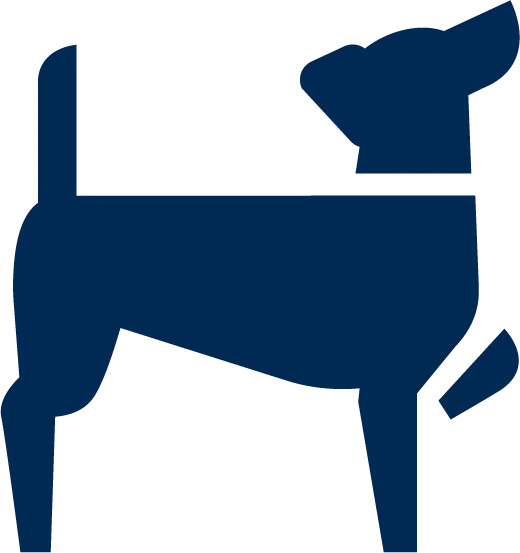
Deep Pressure Therapy
This is great for Anxiety Disorders where the handler needs the dog to lay on their laps while the handler sits on the ground.

Stability
When the handler needs to use the dog for assistance with standing up or sitting down. They can also lean on the dog for support when needed.

Interrupt Self-harming or Pattern Behaviors
The dog can recognize behaviors and will interrupt the handler. Examples: nail biting, rocking back and forth, etc.
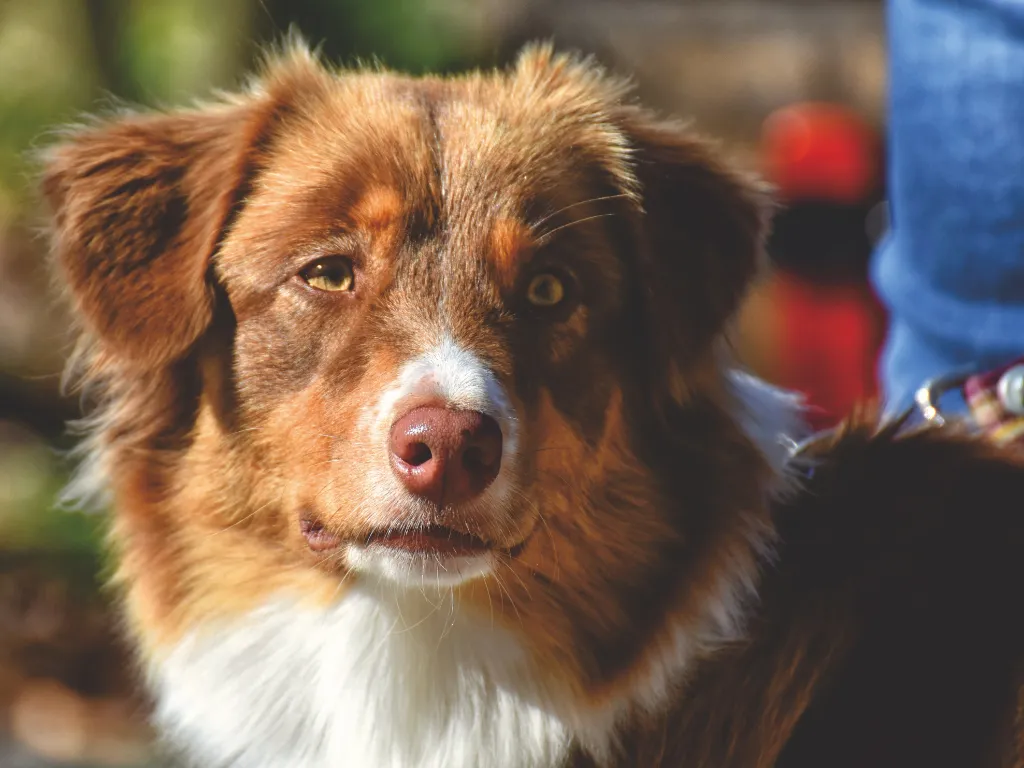
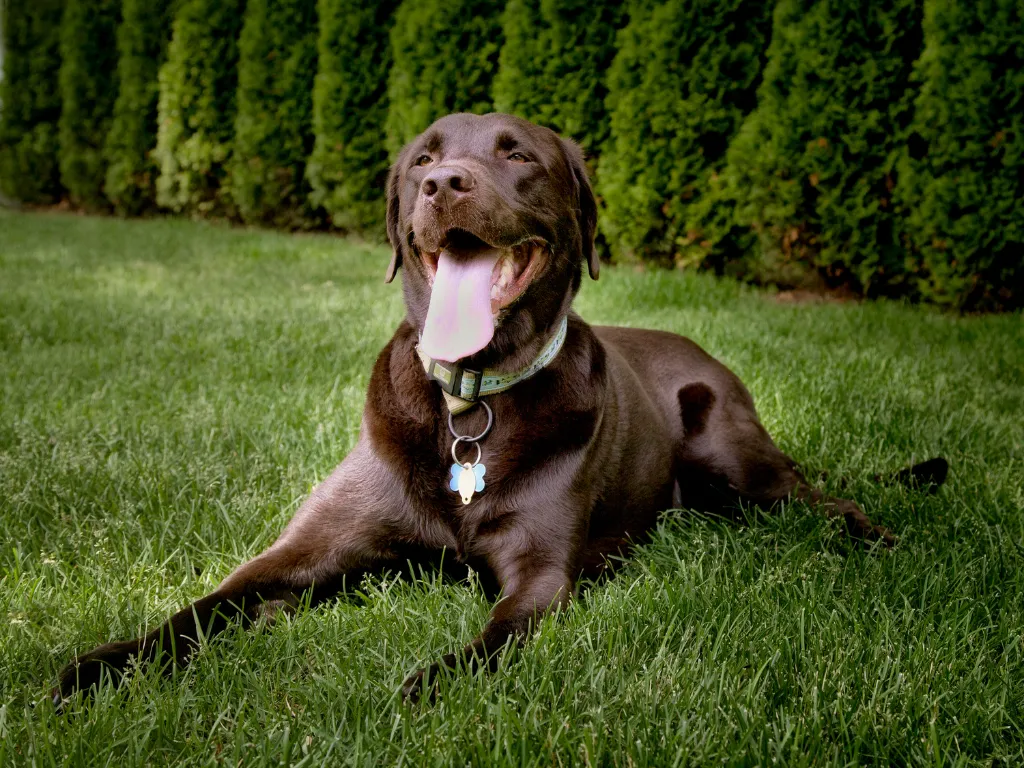
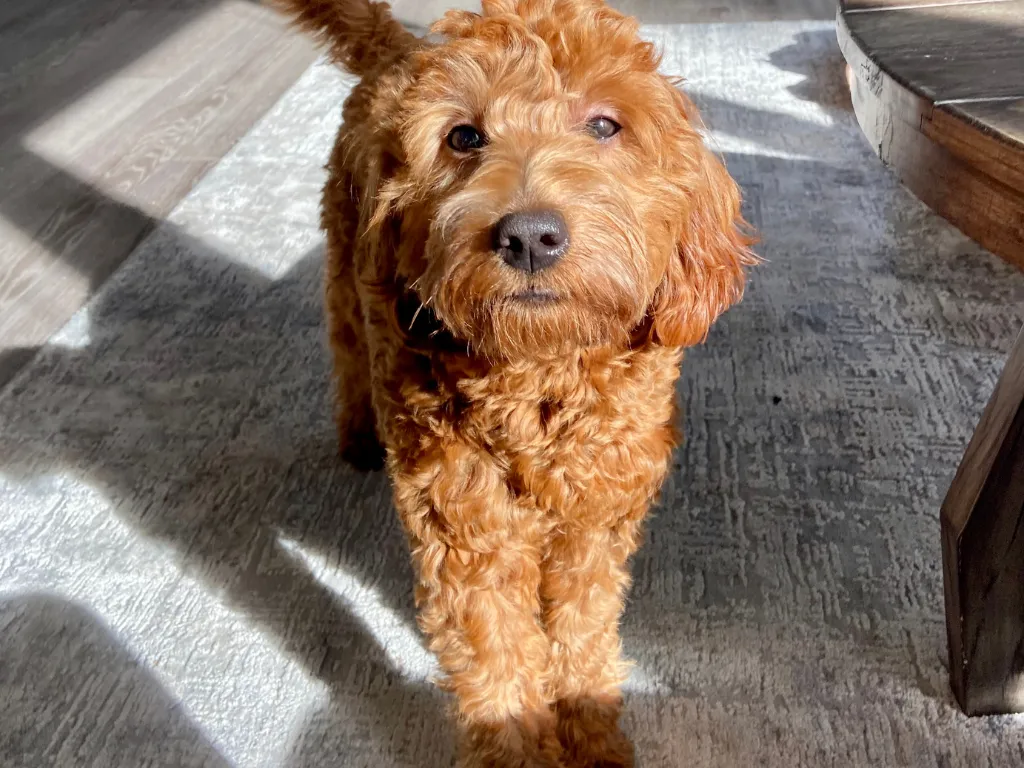
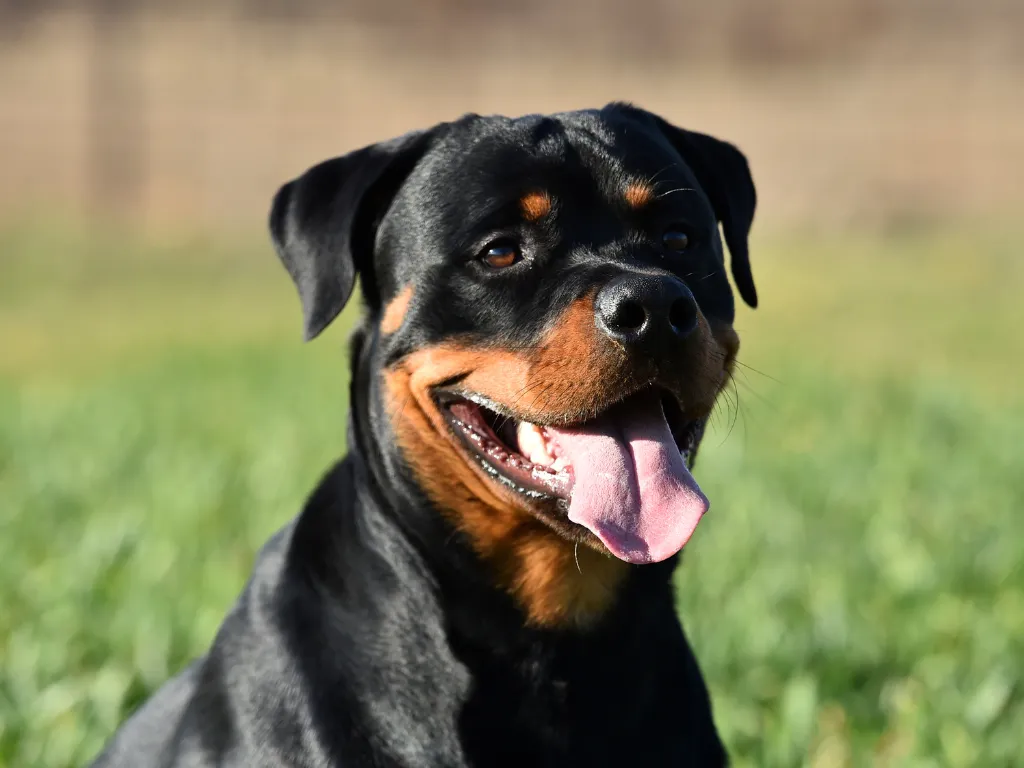
Service Dog Training: Level Three
After completing Level Two training you are eligible for Level Three.
Level Three is required for service dogs that will be working with children, no matter the behaviors needed for training. This level will train your dog advance service dog tasks including but not limited to the following:

Scent Detection
Service Dog Training to recognize scent detection for seizures, blood sugar changes, heart rate changes for example.

Retrieval Tasks
Training a service do to retrieve items such as medication, juice, phone for example.

Alert Stranger for Help
The service dog will be trained to seek help from a stranger if needed.
Types of Service Dogs We Train
-
ANXIETY
Service dogs are trained to recognize the signs of anxiety and offer support through deep pressure therapy or other tasks that can help to calm their handler.
-
PTSD
Service dogs are trained to help owners with PTSD through many task options. This can include alerting to someone approaching, gaining space between you and others in a crowd, or call for help if needed.
-
STABILITY
If you have mobility issues a dog trained for stability assitance can help you stand up and sit down. They can help you go up and down stairs or any other balance challenges.
-
AUTISM
There is a spectrum of behaviors that a service dog can provide to someone with autism. They can interrupt behavior ticks, locate a child that has run off, give comfort in a time of stress and more.
Frequently Asked Questions
We know training a puppy or dog to be a Service Dog is new for a lot of people. Here are the most common questions we get asked. Feel free to reach out if you still have more questions.

Can I my current dog be my service dog?
We offer an evaluation of your pet to determine if they are a possible candidate to become a service dog. Not all dogs qualify and if that is the case then we can help point you in the right direction of finding a qualifying puppy or dog.

How long does it take to train a service dog?
Training a service dog is not quick! There is no firm answer as every situation and dog is different. Typically it is two years. In order to pass the Canine Good Citizen test, your dog must be at least 1 year old. Depending on the tasks being taught and how well they are doing in the public access training can add on more time.

If we do the board and train or day training do we still have to do any training?
Yes! Even if we do all the foundation training for you, no matter what you will need to work with your dog while we aren't there. By doing the Board and Train or Day Training we are able to teach the dog from scratch the difficult behaviors and generalize them. You will have to maintain and practice often to keep the behaviors fresh.

What makes a good service dog?
It takes a special dog to be a service dog. Many dogs can be trained to perform certain behaviors. However, not every dog can handle going out in public. Going to a store may not seem like a big ask, but these environments can be very stressful for a dog.
A dog that is confident and social make a good service dog. A dog that is easy going and enjoys going to new places and environments. For a shy and anxious dog, being out in public could be a source of stress and anxiety causing them to bark, growl or even bite if they don’t feel safe.

What breeds qualify to be a service dog?
Most breeds can make great service dogs. It all depends on the tasks that you are needing your dog to complete and what is reasonable to ask of a certain breed as well as their temperament. Common breeds are German Shepherds, Labrador Retrievers, Golden Retrievers, and Bernese Mtn Dogs. These are just examples. Many breeds make great service dogs!
What People Like You Have to Say!
Dog Training Gallery
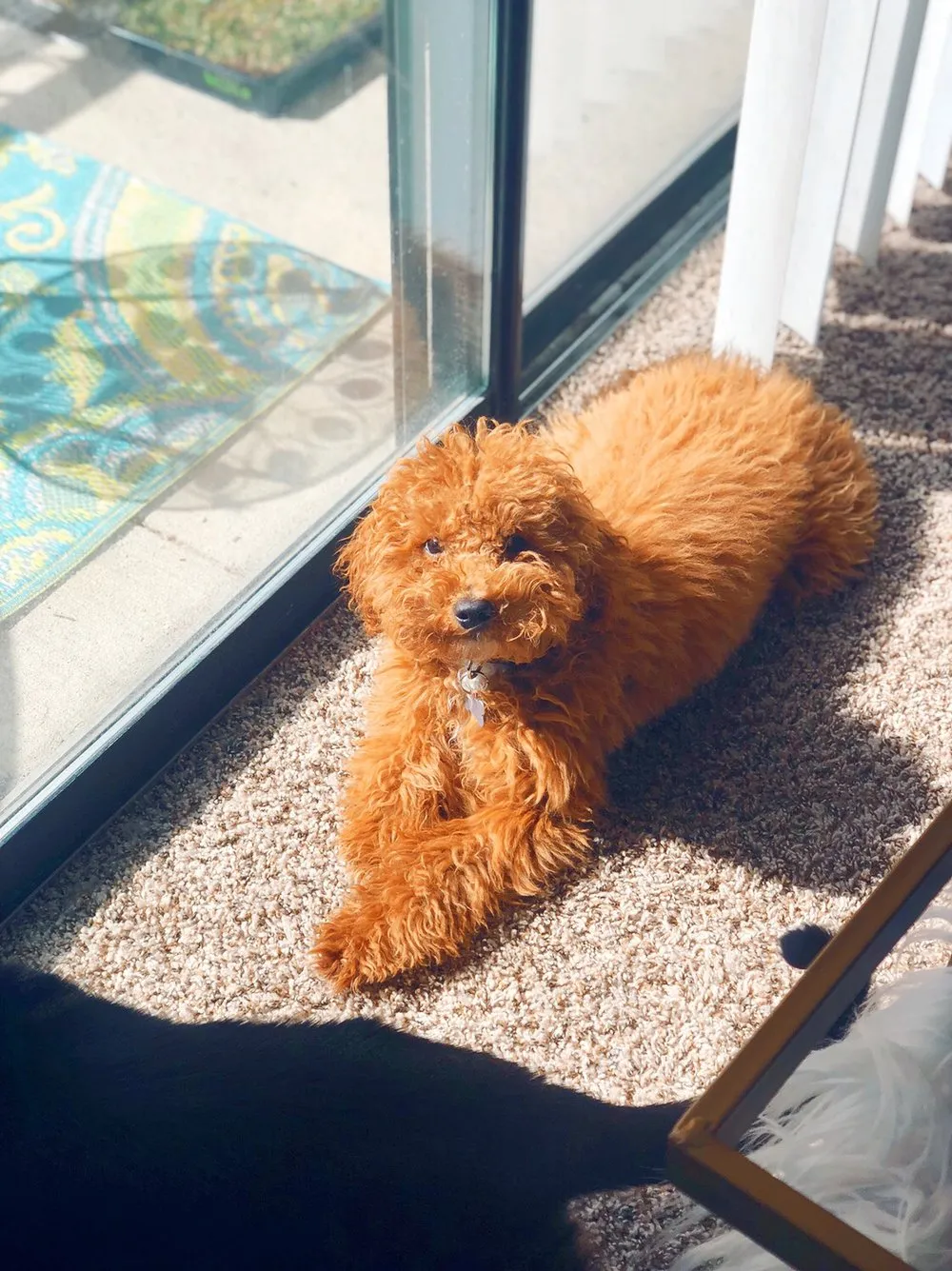
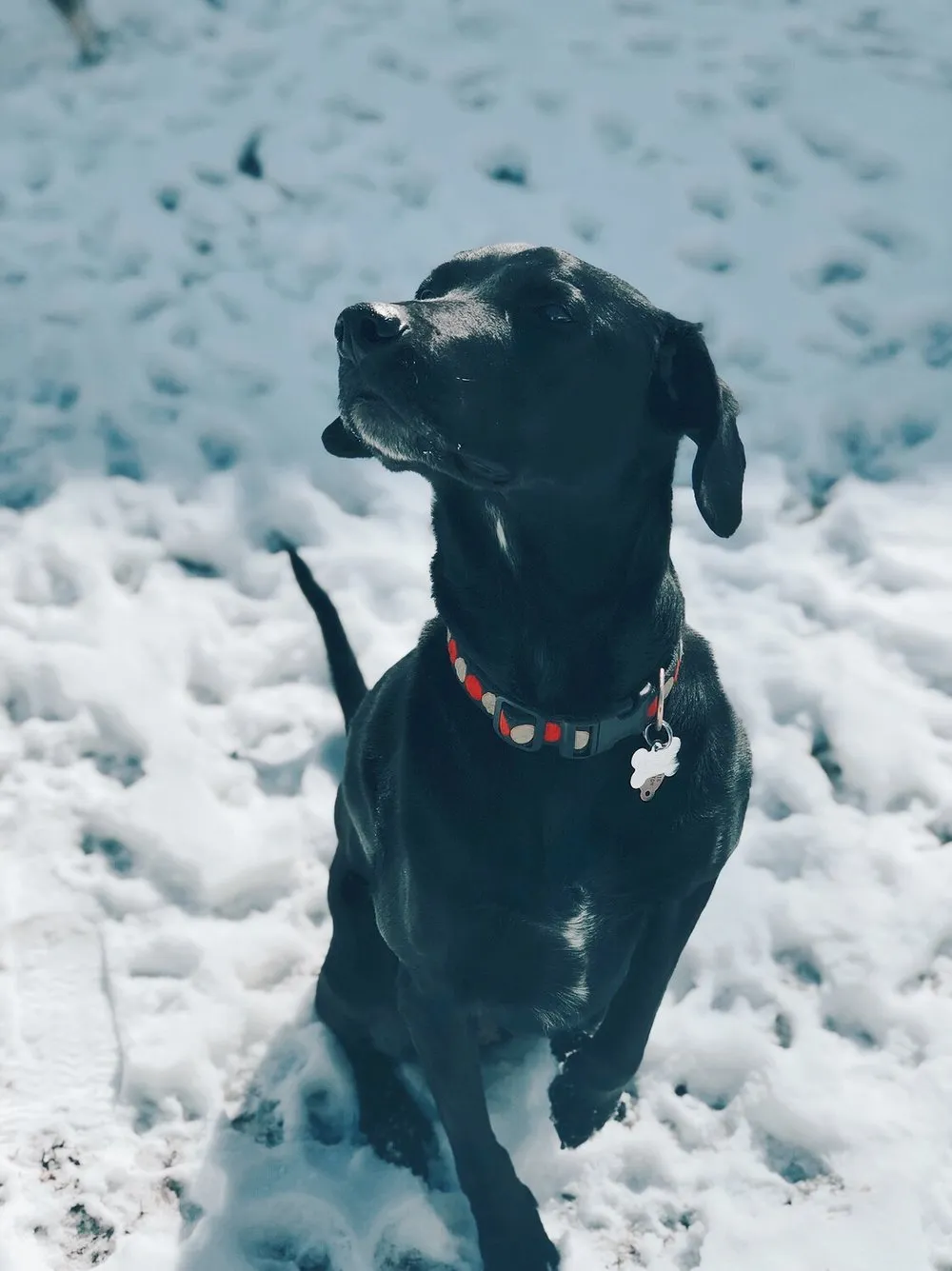
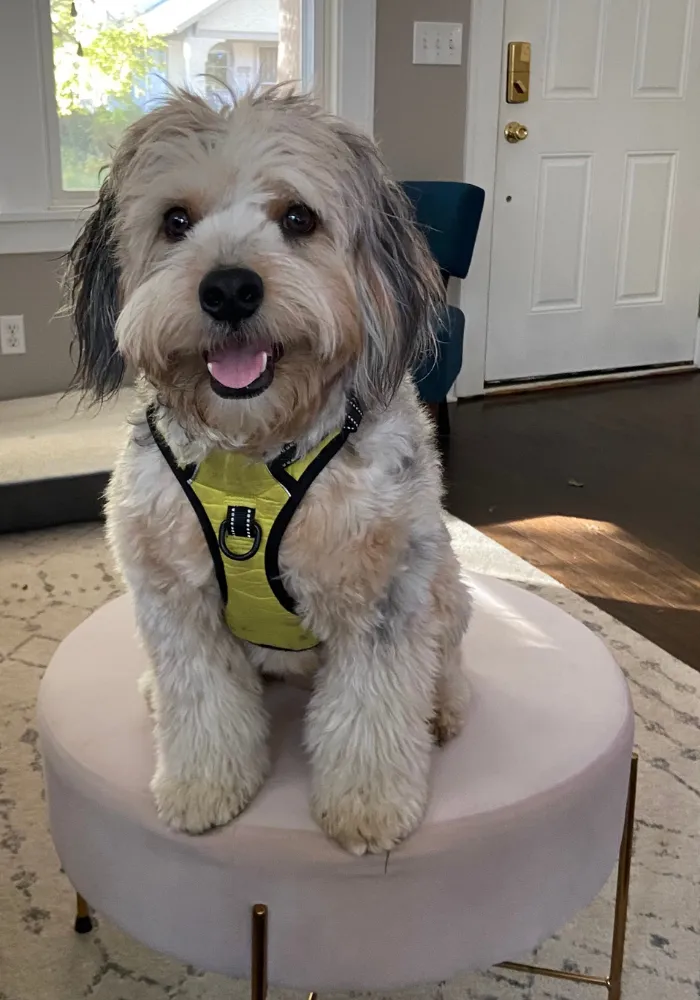
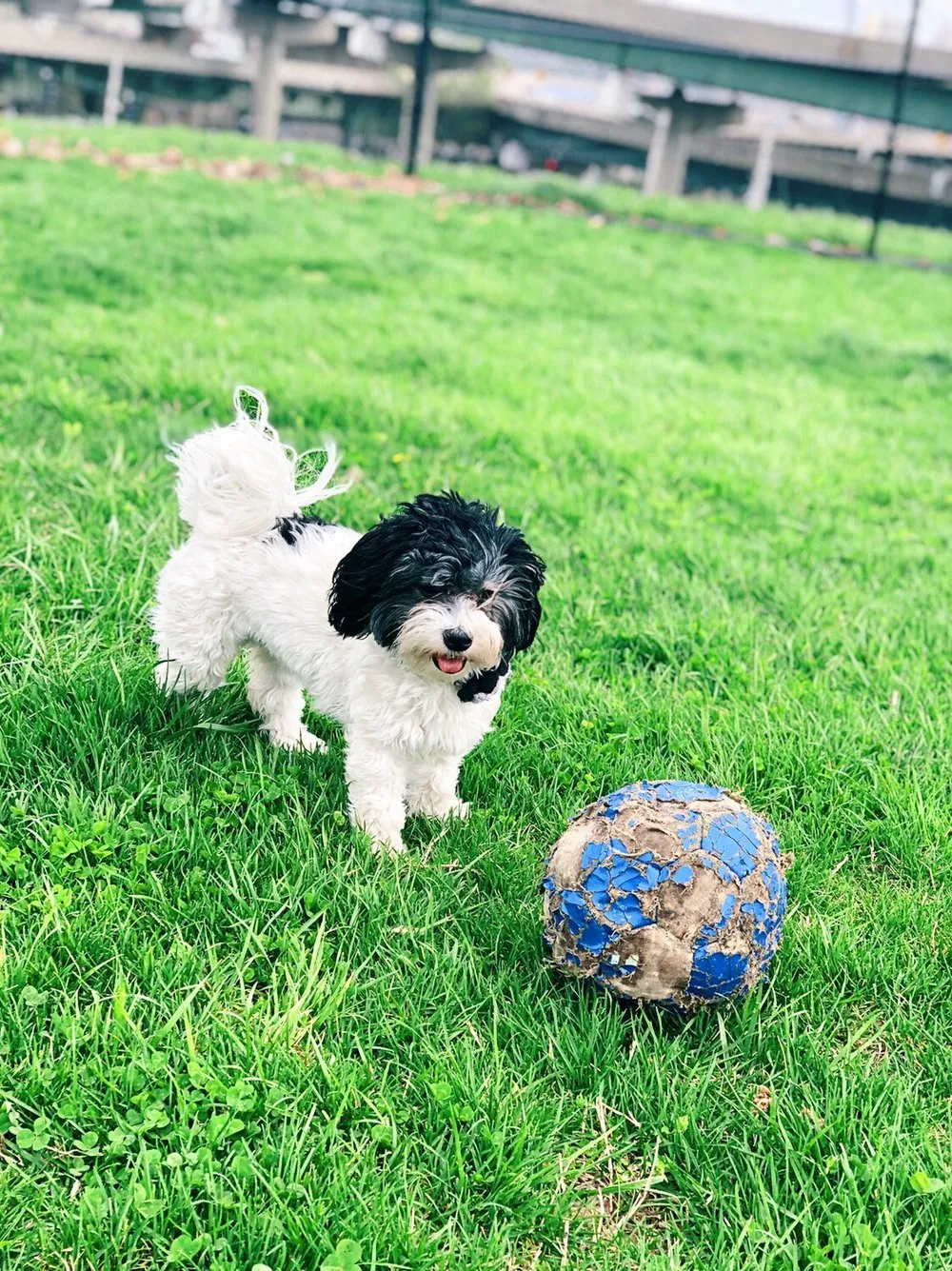


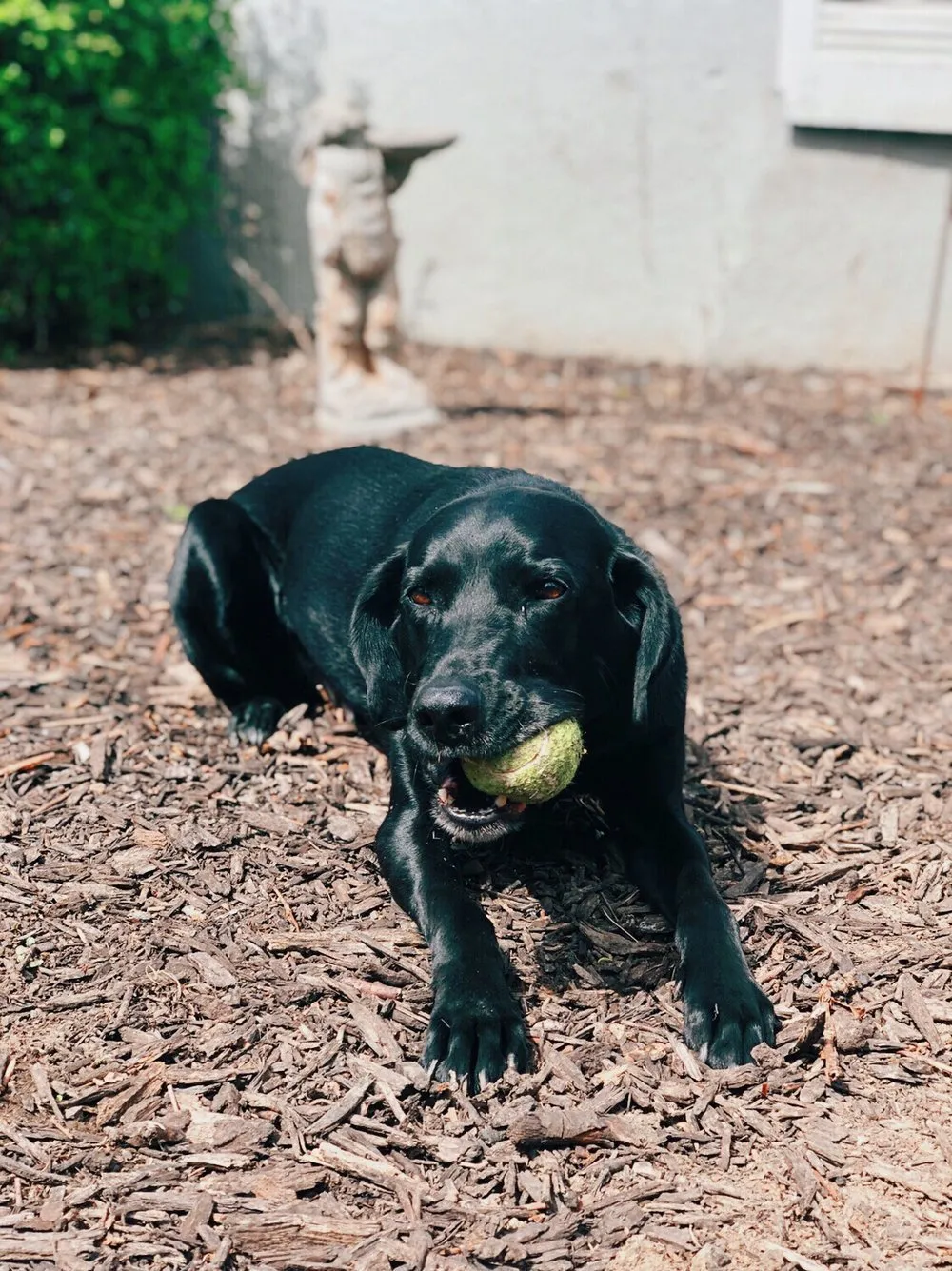

Take a break from the hustle and bustle
.
Let us help you with your dog or new puppy! Start learning skills early to fight off bad habits.
Loved by People & Dogs all over Kansas City, Northwest Arkansas, and all other locations via online training!
NO GUARANTEE OF RESULTS. We believe it is unethical to guarantee results when working with human and dog behavior. We will do everything we can to help you reach your training goals but because dogs and humans are not robots we will never guarantee results.
NEWMAN'S
Kansas City
© Newman's Dog Training LLC 2011-2025



